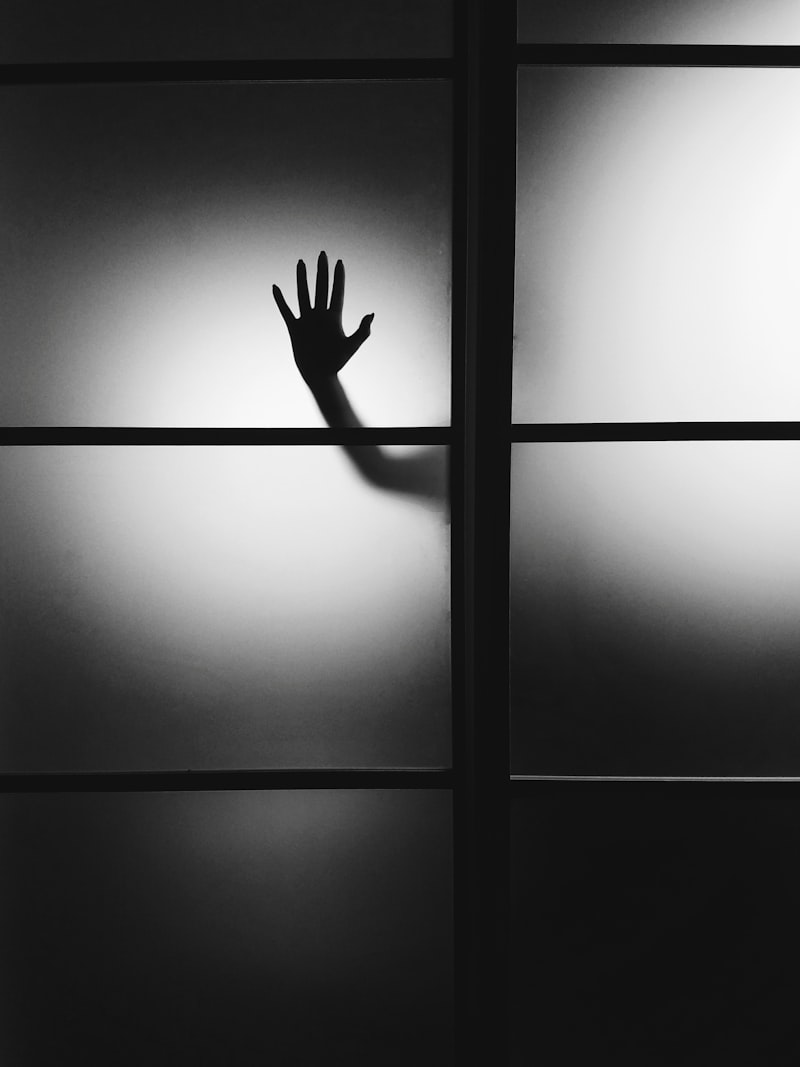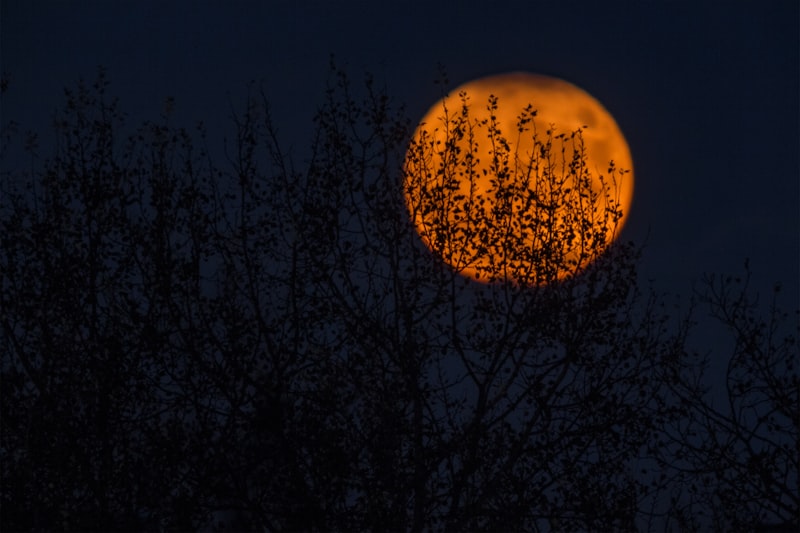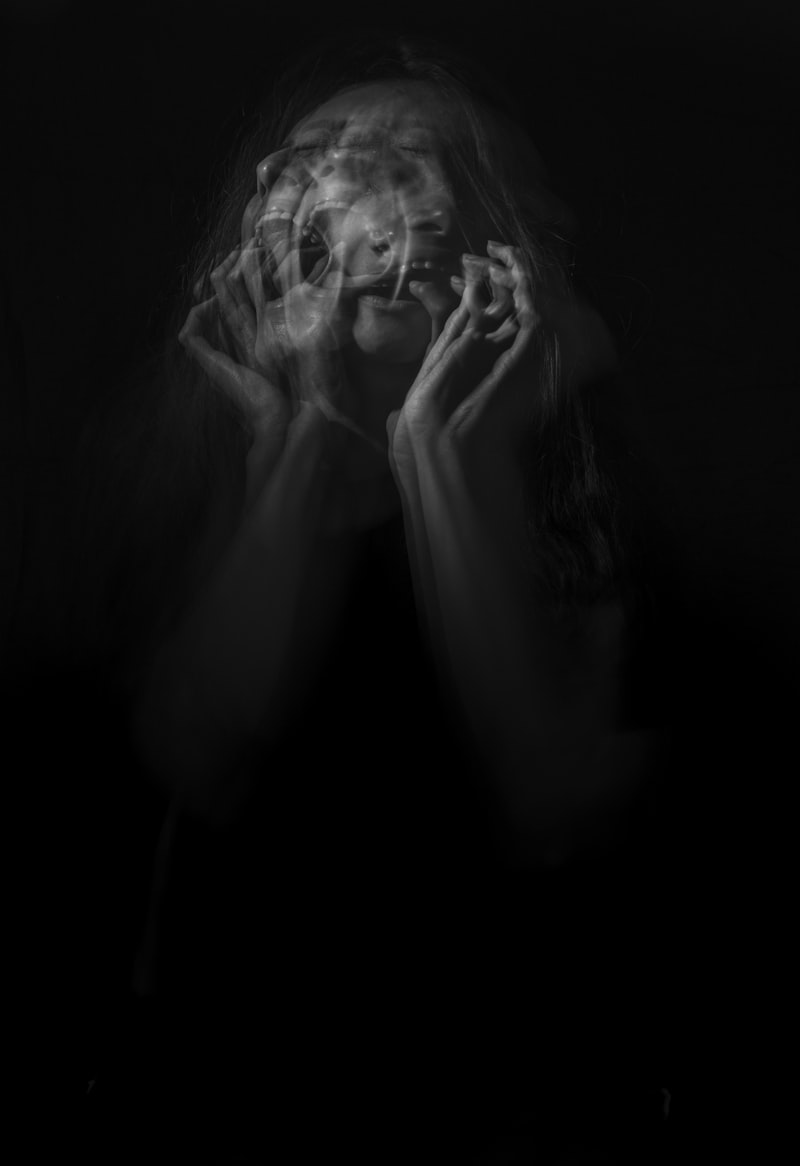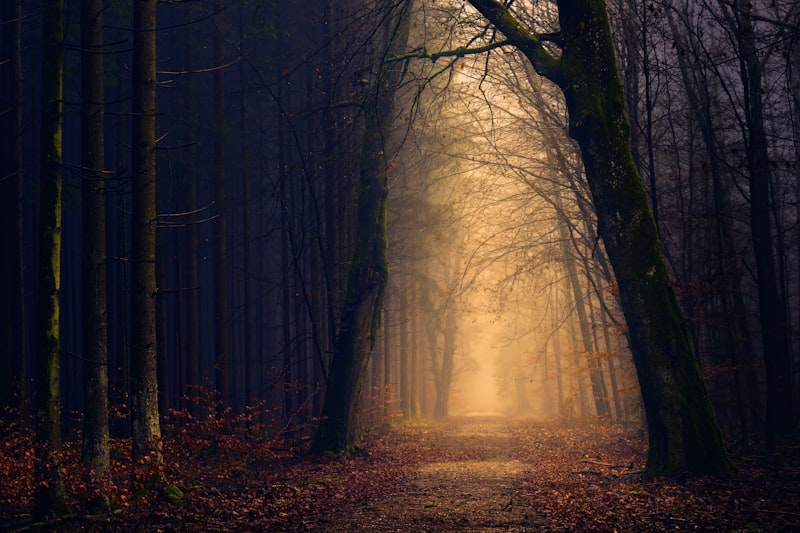Ever wondered about the eerie rituals and traditions practiced around the globe? From chilling to downright spine-tingling, these customs shed light on the diverse ways people honor their beliefs.
In Mexico, Día de los Muertos, or Day of the Dead, stands out as a vibrant yet haunting celebration. Families gather to honor deceased loved ones with colorful altars adorned with marigolds and sugar skulls, believing the spirits of the departed return to enjoy their favorite foods and drinks.

Heading to Japan, the Obon Festival marks a time when spirits revisit their earthly homes. Lanterns are lit and set afloat on rivers and seas to guide ancestral spirits back to the afterlife. It’s a breathtaking spectacle that blends reverence with the ethereal.

Venturing into Europe, Romania’s “Dracula Tour” takes brave souls through Transylvania’s misty landscapes, exploring the lore of Vlad the Impaler. Locals embrace their infamous legacy with gusto, hosting Gothic feasts and folklore-rich performances that send shivers down your spine.
In the heart of the American South, New Orleans’ Voodoo culture casts a spell of intrigue. Rooted in African spiritual traditions, rituals here blend dance, music, and herbalism to connect with the spirit world. Visitors are drawn to mystical shops offering gris-gris bags and talismans believed to ward off evil.
Across the Pacific, Papua New Guinea’s Baining Fire Dance is a mesmerizing sight. Tribesmen adorned in masks dance over blazing fires to appease the spirits, showcasing a mix of bravery and spiritual devotion.
From Mexico’s lively remembrance to Japan’s serene lanterns, Romania’s Gothic allure, New Orleans’ mystical allure, and Papua New Guinea’s fiery spectacle, these rituals remind us of the world’s rich tapestry of beliefs and traditions, where the boundary between the living and the dead often blurs.
Dark Delights: Unveiling the Most Chilling Rituals Practiced Globally
Imagine standing amidst the flickering flames of a bonfire in Papua New Guinea, where tribes gather for the ritualistic practice of fire walking. Here, the ultimate test of courage and faith is taken as participants traverse burning embers barefoot. It’s a mesmerizing spectacle that speaks to the resilience of the human spirit and the power of collective ritual.
Venture further into the misty mountains of Japan, where the eerie echoes of drumbeats announce the arrival of the Hadaka Matsuri festival. Clad only in loincloths, thousands of men brave freezing temperatures to vie for luck in a fierce scramble for sacred sticks. This primal display of strength and fortitude is believed to bring good fortune and prosperity for the year ahead.
In Mexico, the annual Dia de los Muertos beckons spirits back to the realm of the living with elaborate altars adorned with marigolds, candles, and photographs of departed loved ones. Families gather in graveyards, sharing food and stories to honor those who have passed, turning sorrow into celebration in a poignant blend of sorrow and celebration.
Travel to the heart of Africa, where the piercing cry of the Maasai warriors rings out across the savannah during the Adumu, or “jumping dance.” Young men leap into the air in a test of endurance and agility, seeking to impress potential brides and earn their place among the tribe’s elders. It’s a vibrant display of tradition where each leap signifies strength, courage, and the continuity of cultural heritage.
From the icy plains of Siberia to the lush jungles of South America, these dark delights reveal the tapestry of human experience woven through rituals that defy time and geography. They remind us of our shared humanity and the enduring power of ancient customs to captivate, astonish, and inspire awe in all who bear witness.
From Fire Walking to Bone Chilling: Global Traditions that Raise Hairs
Imagine walking across scorching coals without getting burned — that’s the essence of fire walking. This ancient practice, found in cultures from Greece to India, symbolizes strength, purification, and a connection with the divine. Participants often undergo intense mental preparation and rely on spiritual guidance to perform this awe-inspiring feat.
In stark contrast, the bone-chilling rituals of the Nyepi Day in Bali plunge an entire island into silence and darkness. This unique Hindu tradition encourages introspection and meditation, compelling residents to stay indoors for a day of reflection. The contrast between the chaos of daily life and the serene stillness of Nyepi highlights the Balinese reverence for balance and harmony.
Moving eastward, Japan’s Hadaka Matsuri, or Naked Festival, pushes participants to the limit as men clad only in loincloths brave freezing temperatures to vie for luck and prosperity. This centuries-old event underscores the Japanese belief in endurance and community spirit, reminding us of the power of collective rituals in fostering unity.
Meanwhile, in Mexico, the Day of the Dead festivities blend solemn remembrance with vibrant celebration. Families honor deceased loved ones by building altars adorned with marigolds and offering their favorite foods. This colorful tradition not only commemorates the departed but also serves as a poignant reminder of the cyclical nature of life and death.
Across the globe, from the heart of Africa to the shores of South America, diverse communities engage in rituals that blend the ordinary with the extraordinary. Whether it’s the rhythmic beats of African drum circles or the mystical dance of the Northern Lights in Scandinavia, these traditions weave together stories of resilience, spirituality, and cultural identity.
In a world brimming with diversity, these global traditions remind us of the enduring power of rituals to inspire, connect, and transform. They invite us to explore the boundaries of our understanding and embrace the richness of human experience, one tradition at a time.
Beyond the Veil: Exploring Mysterious Rituals and Their Origins
Have you ever wondered about the mysterious rituals that have fascinated humanity for centuries? These ancient practices, veiled in secrecy and mystique, hold a profound allure for those intrigued by the unknown. From the depths of history to modern interpretations, these rituals continue to captivate and perplex.
Rituals, by their very nature, transcend mere actions; they embody deeper meanings and connections to cultural roots. Imagine standing in the midst of a ceremony where chants echo through ancient corridors, incense weaves through the air, and symbols laden with centuries of symbolism adorn the surroundings. It’s a journey into the heart of human expression, where tradition meets spiritual significance.
Among the most enigmatic are rituals rooted in ancient civilizations like the Egyptians, whose ceremonies surrounding life and death still echo in archaeological discoveries. Their intricate rites, aimed at guiding souls through the afterlife, remain a testament to their deep spiritual beliefs.
In other parts of the world, indigenous cultures preserve rituals that honor nature’s cycles, from planting to harvest, celebrating the interconnectedness of life. These rituals remind us of our place in the natural order, where every action holds meaning beyond the immediate.
The allure of mysterious rituals lies not only in their antiquity but also in their ability to evoke a sense of wonder and reverence. They challenge us to delve deeper into our understanding of human culture and spirituality, posing questions that transcend time.
As we explore these rituals, we uncover stories woven through centuries, bridging gaps between past and present. Each gesture, each symbol carries a narrative that speaks to our shared humanity, offering glimpses into the profound mysteries that define us.
This article aims to engage readers by painting a vivid picture of the allure and significance of mysterious rituals, inviting them to delve deeper into their history and cultural impact.
Ghastly Gatherings: Rituals That Blur the Line Between Myth and Reality
In the dim corners of human history lie tales that send shivers down our spines—stories of rituals that seem to bridge the gap between what we perceive as myth and what could be frighteningly real. These rituals, shrouded in mystery and steeped in ancient traditions, continue to fascinate and haunt our collective imagination.
Imagine standing in the heart of a dense forest, surrounded by cloaked figures chanting in unison, their voices echoing through the trees like whispers of the past. Such scenes evoke a primal curiosity—are these rituals mere folklore or do they hold a deeper, more unsettling truth?
One such eerie practice is the Blood Moon Ritual, whispered about in hushed tones across cultures. Occurring once in a generation under the light of a lunar eclipse, it is said to awaken dormant spirits and grant those brave enough to partake in it unimaginable power. While skeptics dismiss it as superstition, others recount chilling encounters that defy rational explanation.

Similarly, the Dance of Shadows performed by certain tribes deep in the Amazon rainforest blurs the line between spectacle and the supernatural. Dancers adorned with intricate masks move with an otherworldly grace, believed to channel the spirits of their ancestors. Witnessing this ritual, one can’t help but ponder the potent connection these communities maintain with forces beyond our comprehension.
Not all such gatherings are steeped in darkness; some carry an air of mystique and allure. Take the Twilight Festivals of the Himalayas, where villagers come together to celebrate the thinning veil between the living and the dead. Lanterns illuminate the night as tales of ancient heroes and spectral visitors are recounted, blending myth with the present moment in a tapestry of cultural heritage.
These rituals serve as reminders that beneath the veneer of modernity lies a deep reservoir of beliefs and practices that shape our understanding of the world. Whether they stem from a primal fear of the unknown or a yearning to connect with something greater than ourselves, these gatherings continue to captivate and intrigue, challenging us to reconsider the boundaries between myth and reality.
This article explores the theme of mysterious rituals, using an informal tone and engaging language to draw the reader into the intriguing world where myth and reality converge.
Candles, Skulls, and Spirits: Inside the World’s Most Haunting Traditions
Candles flicker like hesitant souls in the darkness, casting dancing shadows that seem to breathe life into ancient spirits. From Mexico’s vibrant Día de los Muertos to the solemn rituals of All Saints’ Day in Europe, candles illuminate the path between the living and the dead. Their gentle glow beckons spirits back to this realm, offering comfort and guidance to departed souls on their journey.
Skulls, adorned with marigolds and painted with intricate designs, serve as eerie yet poignant symbols of mortality and remembrance. In cultures such as those in South America and parts of Asia, skulls are revered as vessels that retain memories and wisdom of ancestors. They remind us of the impermanence of life and the enduring presence of those who came before us.
Across continents, spirits are summoned through elaborate rituals and heartfelt prayers, bridging the gap between worlds. Whether it’s the Samhain celebrations of ancient Celtic traditions or the ghostly tales of Southeast Asia’s Hungry Ghost Festival, these practices echo humanity’s collective desire to honor and commune with the departed.

Intriguingly, these traditions continue to evolve, blending ancient customs with modern interpretations. They offer a glimpse into the rich tapestry of human beliefs and the enduring allure of the supernatural. As candles flicker, skulls gleam, and spirits linger, these haunting traditions remind us of the interconnectedness of past, present, and the mysteries that lie beyond.
Frequently Asked Questions
What are some eerie rituals practiced during Halloween?
Discover eerie rituals commonly practiced during Halloween, from summoning spirits with Ouija boards to divination rituals like apple bobbing and mirror gazing.
How do different cultures celebrate Day of the Dead?
Learn how various cultures celebrate the Day of the Dead, a tradition honoring deceased loved ones with unique customs like altars adorned with marigolds and offerings of food, candles, and photos, reflecting a blend of indigenous beliefs and Catholic influences.
What are some haunted places known for supernatural rituals?
Discover some of the world’s most infamous haunted locations rumored for supernatural rituals. From eerie castles in Scotland to abandoned mansions in New Orleans, these sites are shrouded in mystery and tales of otherworldly activities.
What are the origins of ghost festivals in Asia?
Discover the origins of ghost festivals in Asia, tracing back centuries to ancient beliefs in honoring ancestors and appeasing spirits. These traditions blend cultural practices with spiritual rituals, fostering community unity and reverence for the supernatural.
How do Europeans commemorate All Saints’ Day?
Learn how Europeans commemorate All Saints’ Day, a tradition where people visit cemeteries to honor and remember deceased loved ones with candles, flowers, and prayers.



